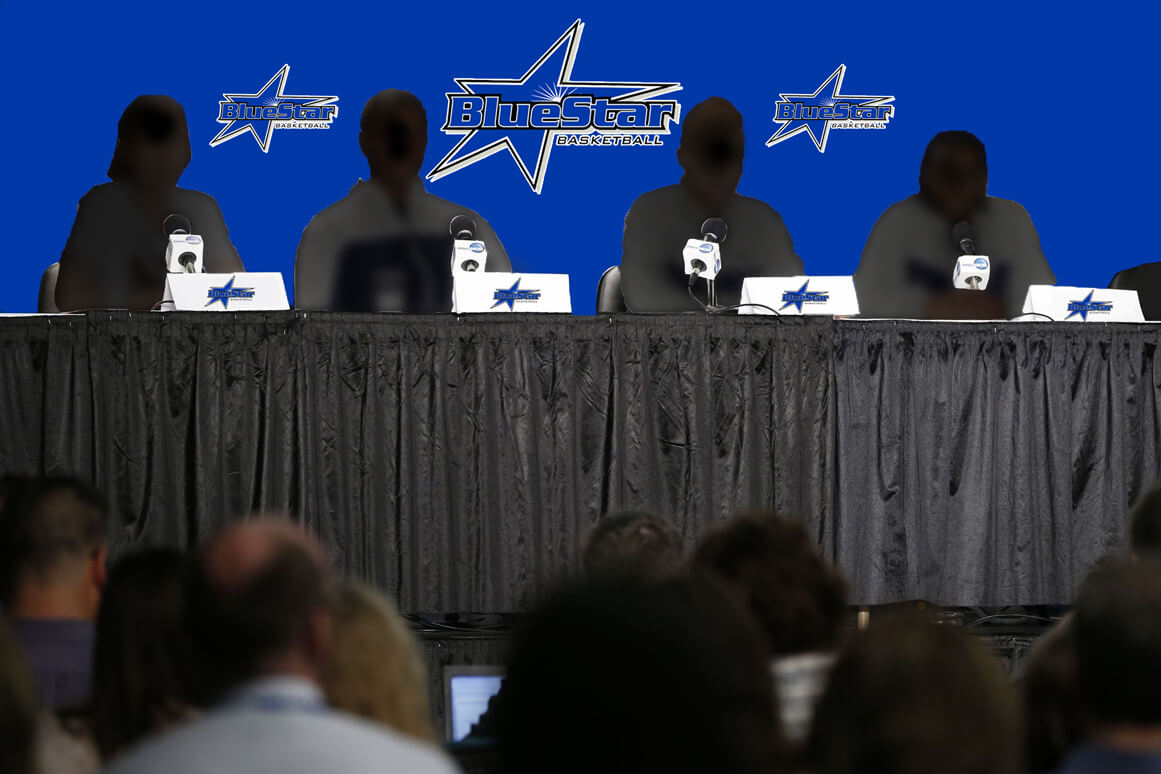It’s been 30 years since the first women were inducted into the Naismith Memorial Basketball Hall of Fame.
They were, for those of you history buffs keeping score at home: Senda Berenson Abbott, who drew up the first rules for female players at Smith College not long after Dr. Naismith put up his peach basket; Oklahoma high school coach Bertha Teague; and Delta State coach Margaret Wade.
The induction of people associated with the women’s game has been sporadic and minimal ever since. The next wave of inductees didn’t take place for another seven years, when the first female players were enshrined. There were only two of them: Lusia Harris-Stewart, who played for Wade on the Delta State teams that won AIAW national championship teams from 1975-77; and Nera White, a 15-time All-American on the Nashville Business College teams from 1955-69, when the highest level of women’s hoops was run by the AAU.
Of the 361 players, coaches, teams, referees and contributors who have been honored in Springfield, only 34 of them are associated with women’s basketball. Three of them are men: Geno Auriemma, Leon Barmore and Van Chancellor.
The bulk of those inductees have been added in the last decade or so, as a special women’s committee has forwarded nominations to the full voting body.
In recent years, they’ve been submitting the names of two entities from the women’s game, with final induction still requiring another threshold.
This has created a backlog of candidates, especially as women’s international and professional basketball has grown. Only four induction classes since 2005 have included more than one inductee from the women’s game.
 So last week, the Hall of Fame announced it was increasing the number of candidates that the women’s committee could recommend from two to four, as part of larger eligibility revisions.
So last week, the Hall of Fame announced it was increasing the number of candidates that the women’s committee could recommend from two to four, as part of larger eligibility revisions.
Players are now eligible for enshrinement four full years after retirement, instead of five, which ought to speed up the process for more female players.
A few days later, the list of eligible candidates was released. From the women’s game are 13 individuals and one team, the great Wayland Baptist AAU and AIAW teams from the 1960s and 1970s. The new candidates are NAIA star Pearl Moore, whose 4,061 points at Francis Marion College are more than any female collegian at any level; and Sheryl Swoopes, who played for Texas Tech, the Houston Comets and the U.S. Olympic team and is now coaching at Loyola-Chicago.
The holdovers are notable, and selecting four candidates will be difficult: players Jennifer Azzi, Rebecca Lobo, Susie McConnell-Serio, Theresa Shank (Grentz) and Teresa Weatherspoon; coaches Leta Andrews, Muffet McGraw, Kim Mulkey (also as a player), Harley Redin, Marianne Stanley and Barbara Stevens.
Once the women’s nominees are forwarded, they’ll still need 18 votes from the 24-member Honors Committee to be elected. The bar is high, and it should be, but this is still going to be slow going for some individuals whose inclusion is long overdue.
I still find it astonishing that there are NO players from Louisiana Tech, Tennessee or Texas in the Hall of Fame, or individuals from Immaculata, which was inducted as a team in 2014. Grentz gave the induction speech on behalf of her Mighty Macs teammates.
Another glaring omission is the presence of anyone from Queens College, another early AIAW power, and in particular coach Lucille Kyvallos, who helped arrange the first women’s college game at Madison Square Garden against Immaculata 40 years ago.
(Even more stunning, she’s not in the Women’s Basketball Hall of Fame in Knoxville, but that’s another post altogether.)
I could go on with this, and I know I’m forgetting other worthy candidates who aren’t on this list and may never be considered.
I’m glad the Hall of Fame is considering more people from the women’s game, especially with early WNBA greats retiring (hello, Lisa Leslie and Cynthia Cooper-Dyke) and who were college stars in the more recent NCAA era. There’s a lot of catching up to do, and the new revisions should help.
The history of the women’s game is long, rich and much more plentiful than what’s reflected either in Springfield or Knoxville. Too many people who have had an important role to play are awaiting to be properly honored.
Wendy Parker is a sportswriter and web editor who has covered women's basketball since the early 1990s. She is a correspondent for Basketball Times and formerly covered women's and college sports, soccer and the Olympics at The Atlanta Journal-Constitution. She is the author of "Beyond Title IX: The Cultural Laments of Women's Sports," available on Amazon, and the creator of Sports Biblio, a blog about sports books and history.




